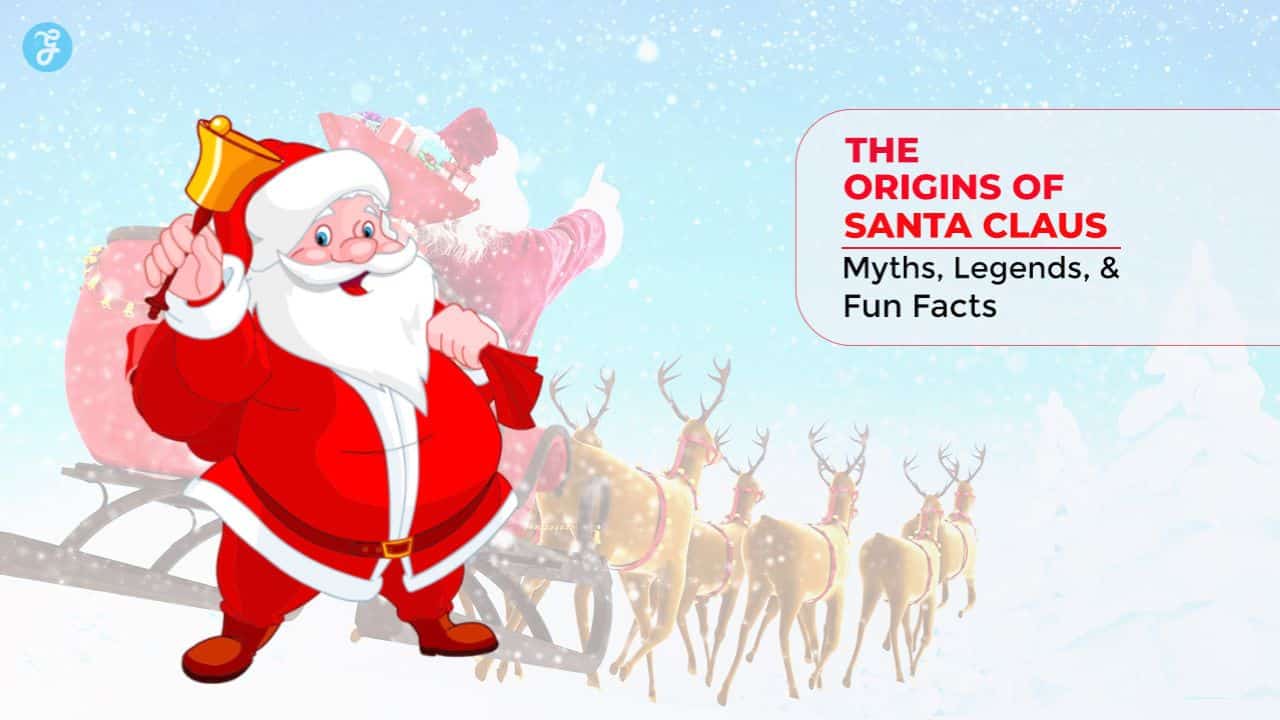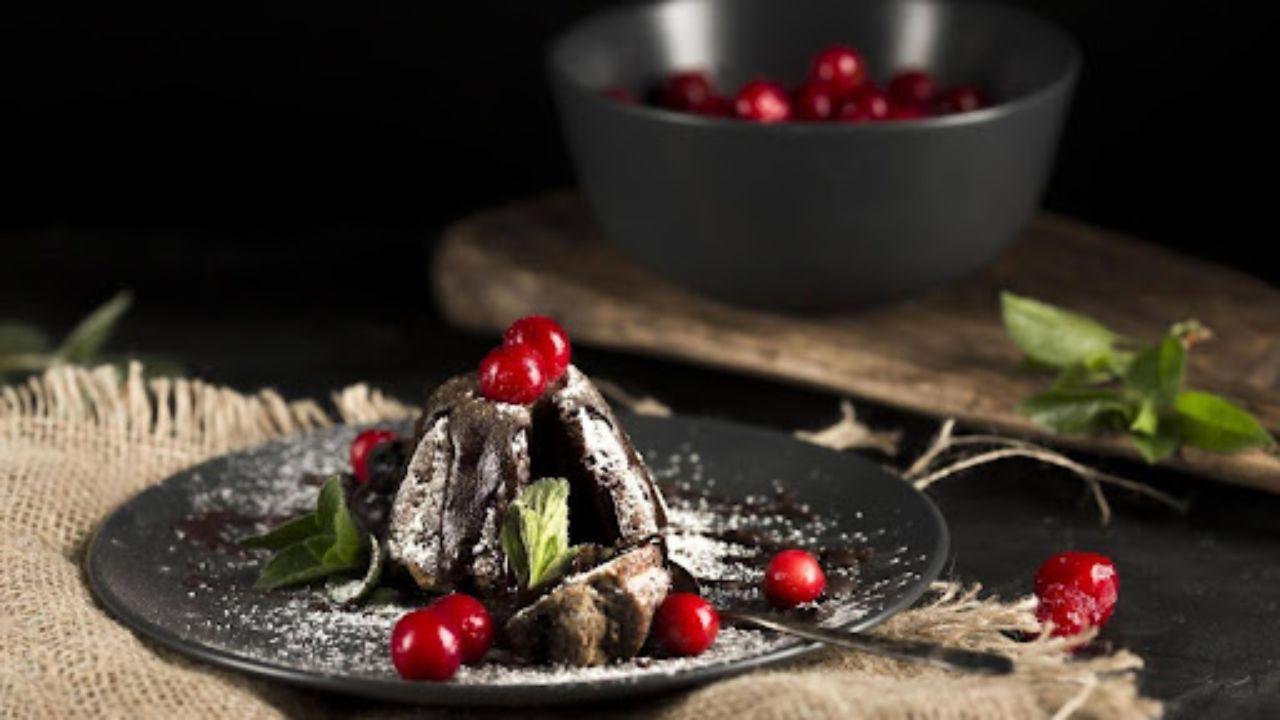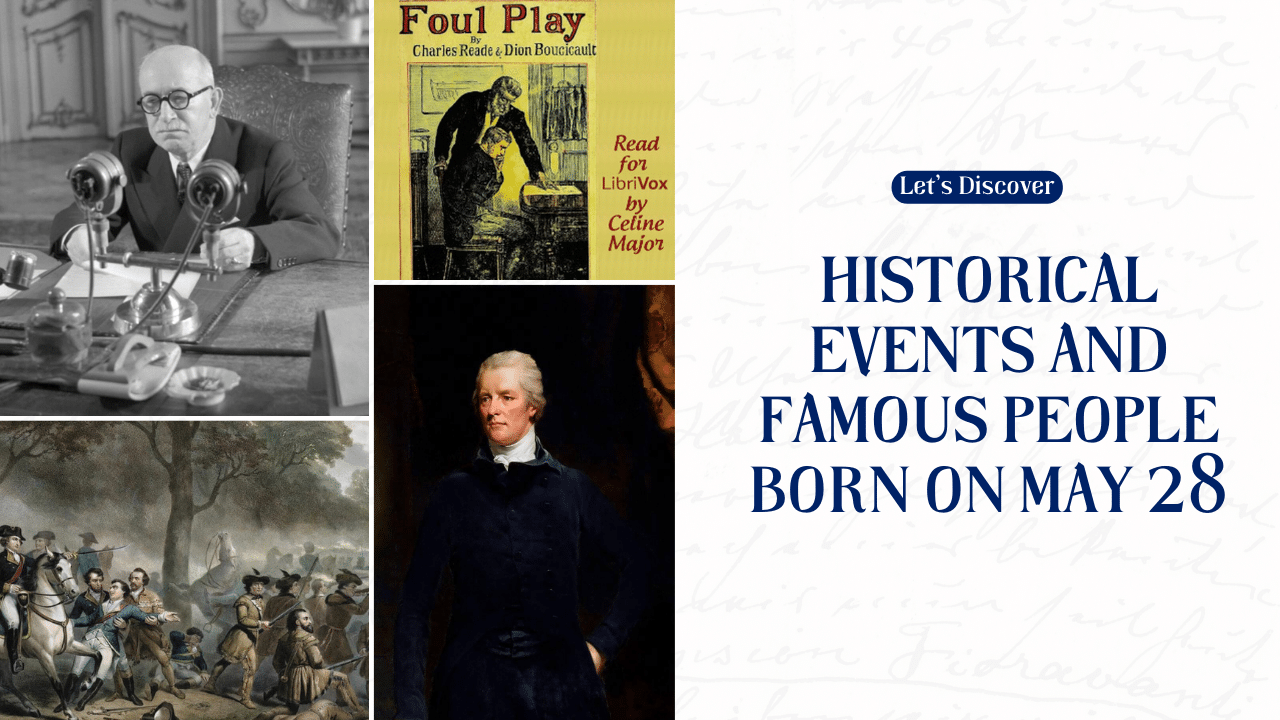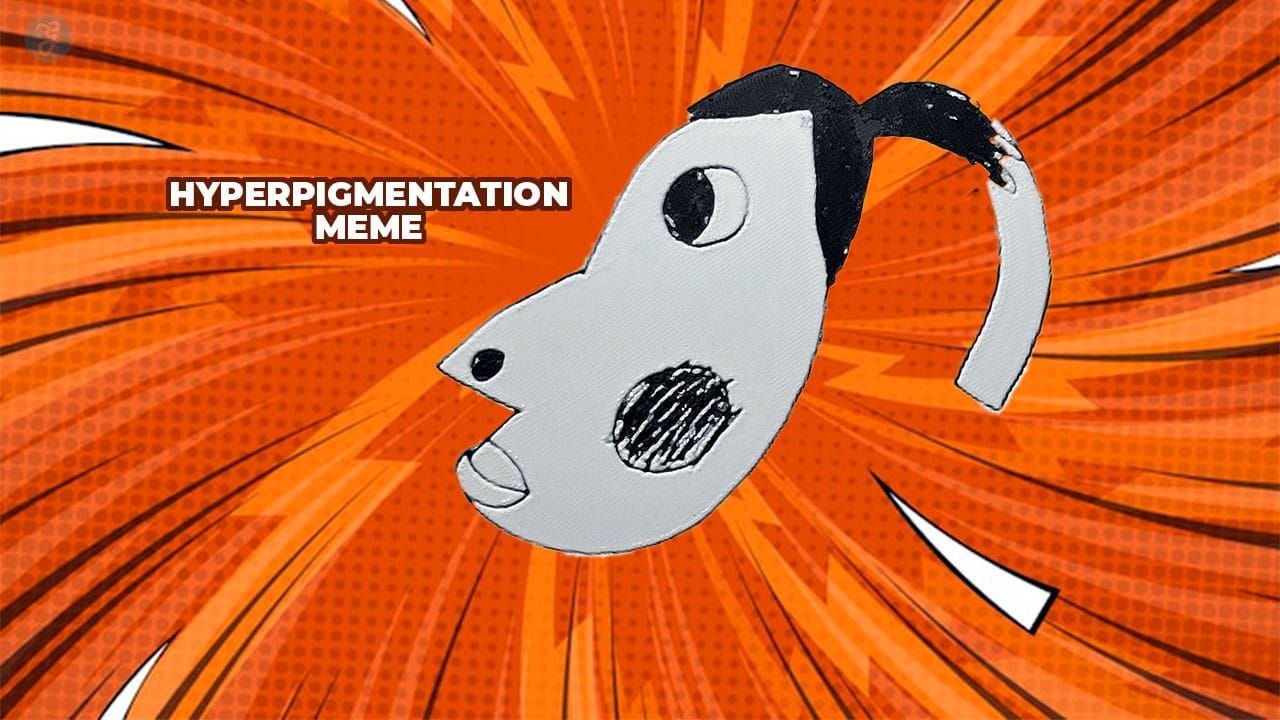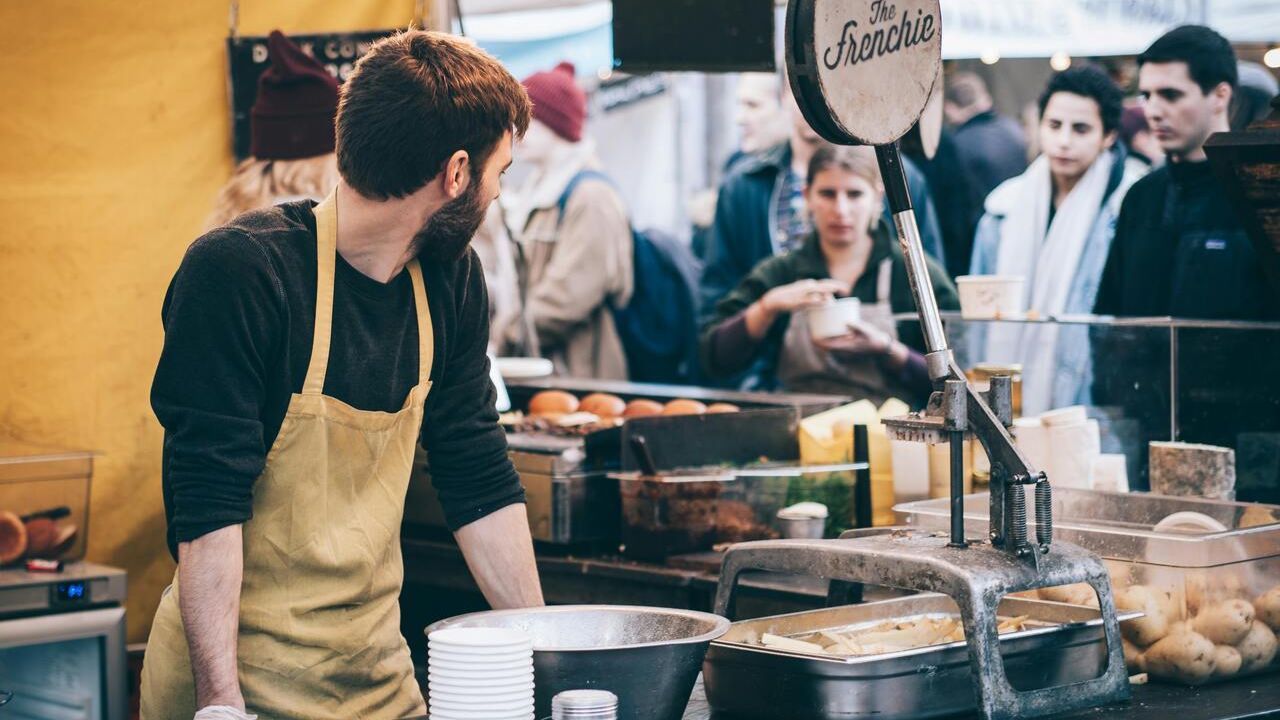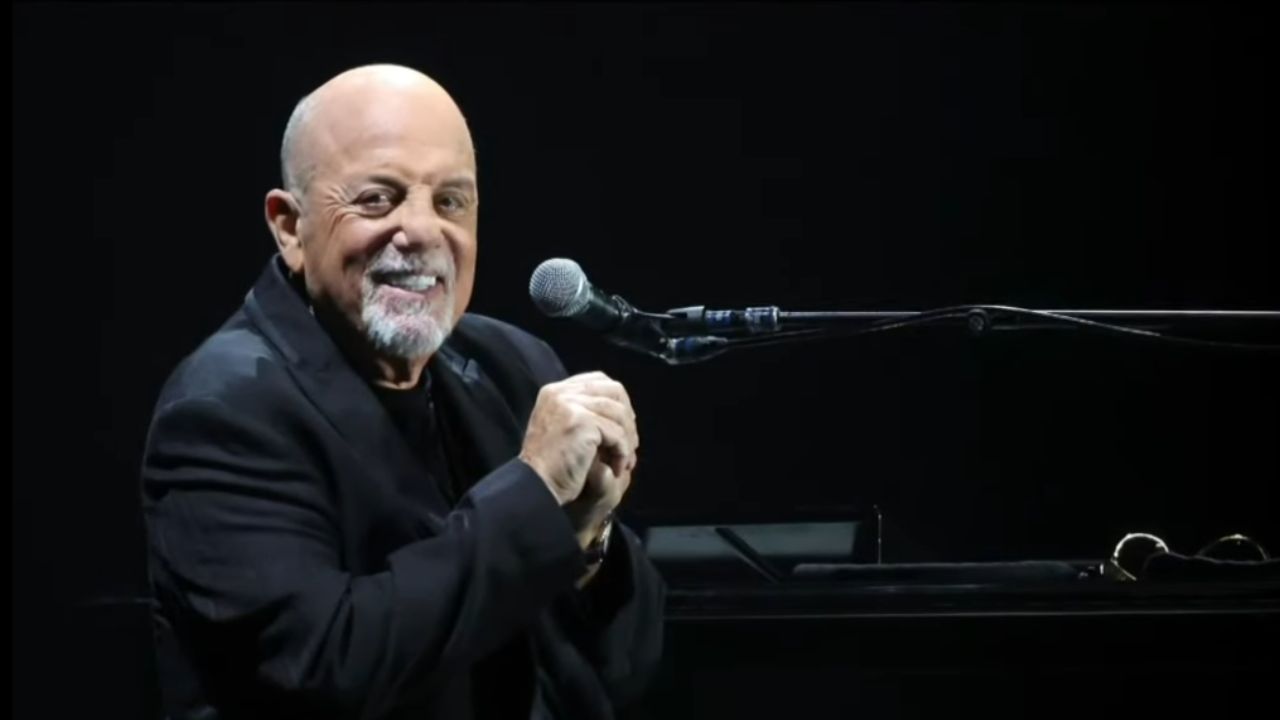Santa Claus is one of the most cherished figures during the Christmas season, bringing joy to millions of children around the world.
But his story is more than just presents and chimneys. Santa’s origins are deeply rooted in history, mythology, and culture, making his evolution a fascinating tale of transformation and tradition.
Let’s explore the captivating journey of Santa Claus, from his beginnings as a benevolent bishop to the jolly figure we know today.
The Historical Beginnings of Santa Claus
Let’s get a deep dive into the details:
Who Was Saint Nicholas?
Saint Nicholas was a 4th-century bishop in Myra, a region in modern-day Turkey. He was renowned for his kindness, charity, and willingness to help those in need.
One of the most famous stories about Saint Nicholas tells of how he secretly provided dowries for three poor sisters, enabling them to marry and avoid a life of hardship.
His acts of generosity earned him the title of the patron saint of children and sailors, and his legacy continues to be celebrated worldwide.
| Key Facts About Saint Nicholas | Details |
| Birthplace | Myra, modern-day Turkey |
| Known For | Charity, protecting children, miracles |
| Feast Day | December 6 |
| Legacy | Foundation for the modern Santa Claus |
Key Legends of Saint Nicholas
Stories of Saint Nicholas often highlight his miraculous deeds and unwavering generosity.
For instance, it is said that he resurrected three children who had been murdered by a butcher, cementing his role as a protector of children.
His feast day, December 6, became a time for gift-giving and celebrations, influencing Christmas traditions in many European countries.
The Transition from Saint Nicholas to Modern Santa Claus
Dutch Influence: Sinterklaas
The Dutch version of Saint Nicholas, known as Sinterklaas, played a crucial role in shaping Santa Claus.
Dutch immigrants brought the tradition of Sinterklaas to America in the 17th century. Depicted as a stern yet kind figure, Sinterklaas rode a white horse and delivered gifts to well-behaved children.
These customs, celebrated in places like New Amsterdam (now New York City), laid the groundwork for modern Santa.
| Characteristic | Sinterklaas |
| Mode of Transport | Horse |
| Celebration Date | December 5 (Eve of Saint Nicholas Day) |
| Key Traits | Stern yet benevolent |
Evolution in the 19th Century
In 1823, Clement Clarke Moore’s poem A Visit from St. Nicholas introduced the image of a jolly, plump man who rode in a sleigh pulled by reindeer.
This depiction was further popularized by 19th-century illustrator Thomas Nast, who added details such as Santa’s North Pole residence and toy workshop.
Together, these contributions solidified the cheerful and magical Santa we recognize today.
| Element | Popularized By |
| Reindeer and Sleigh | Clement Clarke Moore |
| North Pole Residence | Thomas Nast |
| Jolly, Cheerful Persona | 19th-century illustrations |
Santa Claus Myths and Legends
Norse Mythology’s Influence on Santa Claus
Odin and the Wild Hunt
In Norse mythology, Odin, the chief of the gods, would embark on a magical hunt during the winter solstice.
Riding his eight-legged horse Sleipnir, Odin was known for his wisdom and generosity.
Children left boots filled with straw for Sleipnir, and Odin would reward them with gifts. This tradition closely mirrors modern customs like hanging stockings for Santa.
| Norse Element | Modern Connection |
| Odin’s Sleipnir | Santa’s reindeer |
| Boot Offerings | Stocking tradition |
| Winter Solstice | Christmas season |
Yule Traditions and the Spirit of Giving
Yule, a midwinter festival celebrated in Scandinavia, emphasized feasting, community, and gift-giving.
The customs of lighting candles and exchanging gifts during Yule contributed to the festive atmosphere of Christmas and the spirit of generosity associated with Santa Claus.
The Role of European Folklore: Germany’s Kris Kringle
In Germany, the Christkind (or “Kris Kringle”) emerged as a gift-bringer associated with the Christ Child.
This tradition evolved separately from Saint Nicholas but later merged with the Santa Claus story in English-speaking countries.
Kris Kringle is often depicted as an angelic figure who delivers presents during Christmas.
| Key Aspect | Details |
| Origin | Germany |
| Association | Christ Child |
| Celebration | Christmas markets and processions |
Scandinavian Julenisse
The Julenisse, a mischievous elf-like figure in Nordic folklore, was known for delivering gifts and protecting households.
Though smaller and less imposing than Santa, the Julenisse’s playful nature and role in gift-giving influenced modern depictions of Santa’s helpers.
| Julenisse Traits | Modern Connection |
| Mischievous Behavior | Santa’s elves |
| Gift-Giving Role | Delivery of presents |
| Household Protector | Guardian-like traits |
Santa’s Red Suit: Myth or Marketing?
1. Coca-Cola’s Iconic Campaign
Coca-Cola’s 1931 advertising campaign by artist Haddon Sundblom cemented the image of Santa in a red-and-white suit.
While red had been used before, Coca-Cola’s cheerful, jolly Santa became a global icon, spreading the modern depiction of Santa far and wide.
| Element | Coca-Cola Influence |
| Red Suit | Standardized depiction |
| Cheerful, Portly Persona | Modernized representation |
| Global Recognition | Widespread marketing |
2. Earlier Artistic Depictions
Before Coca-Cola’s campaign, Santa appeared in various colors in 19th-century illustrations.
However, the red suit became the standard due to Coca-Cola’s branding efforts, giving Santa his unmistakable look.
Santa Claus Around the World
Russia’s Ded Moroz and Snegurochka
Ded Moroz, or “Father Frost,” is Russia’s version of Santa. Accompanied by his granddaughter Snegurochka, he delivers gifts during New Year’s celebrations. Unlike Santa Claus, Ded Moroz often wears blue robes and represents winter rather than Christmas.
| Trait | Ded Moroz |
| Appearance | Blue robes |
| Helper | Snegurochka (Snow Maiden) |
| Celebration | New Year’s festivities |
Italy’s La Befana
La Befana, a friendly witch from Italian folklore, visits children on Epiphany Eve, leaving sweets for the good and coal for the naughty.
Her story intertwines with the journey of the Three Wise Men, adding a unique cultural twist to Christmas traditions.
| Trait | La Befana |
| Celebration | Epiphany Eve |
| Appearance | Depicted as a witch |
| Gifts | Sweets or coal |
Australia’s Beach Santa
In Australia, where Christmas falls during summer, Santa is often depicted in beachwear. Barbecues, outdoor gatherings, and surfing Santas are common sights, showcasing the adaptability of Christmas traditions.
| Aspect | Beach Santa |
| Seasonality | Celebrated during summer |
| Attire | Beachwear |
| Traditions | Barbecues and outdoor events |
11 Fun Facts About Santa Claus To Know
Here are fun facts about Santa:
1. Santa’s Origins
Santa Claus is inspired by Saint Nicholas, a 4th-century bishop from Myra (modern-day Turkey), known for his generosity and love for children.
2. The Name ‘Santa Claus’
The name “Santa Claus” comes from the Dutch word Sinterklaas, a shortened form of Saint Nicholas.
3. Red Suit History
The iconic red suit became popular in the 1930s, thanks to Coca-Cola advertisements. Before that, Santa was depicted in a variety of colors, including green and blue.
4. Santa’s Reindeer
Santa’s reindeer were first introduced in the 1823 poem “A Visit from St. Nicholas”, also known as “Twas the Night Before Christmas.” Rudolph was added later in 1939 by a department store’s Christmas story.
5. The North Pole
The idea of Santa living at the North Pole was popularized in the late 19th century by illustrator Thomas Nast.
6. Global Names for Santa
In different countries, Santa has various names:
- Père Noël in France
- Father Christmas in the UK
- Ded Moroz in Russia
- Julenissen in Norway
7. Santa’s Sleigh Speed
If Santa were real, he would need to travel at approximately 6 million miles per hour to deliver gifts to all the children worldwide in one night!
8. Santa’s Helpers
The concept of Santa’s workshop and elves appeared in 1857 through a short story called “The Wonders of Santa Claus”.
9. Letters to Santa
Every year, the U.S. Postal Service runs “Operation Santa”, where volunteers respond to letters addressed to Santa Claus.
10. Santa Tracker
NORAD (North American Aerospace Defense Command) has been “tracking” Santa’s journey on Christmas Eve since 1955, after a misprinted phone number in an ad directed kids to call NORAD’s operations center.
11. Santa’s Weight
Santa is often depicted as jolly and round, but according to some lore, he stays fit enough to climb down chimneys by eating light snacks, like carrots left for the reindeer!
12. Santa in Movies
Santa Claus has been a central figure in countless Christmas movies, including classics like “Miracle on 34th Street” and “The Santa Clause.”
Takeaway
From the charitable deeds of Saint Nicholas to the magical figure we know today, Santa Claus remains a beloved icon.
His evolution reflects humanity’s enduring desire for joy, wonder, and connection. Whether through myths, legends, or modern traditions, Santa Claus continues to inspire and delight people of all ages.


